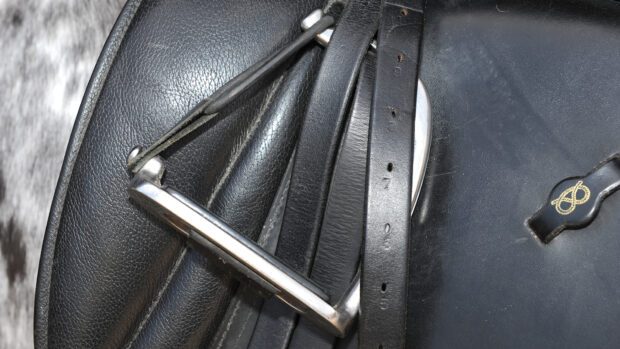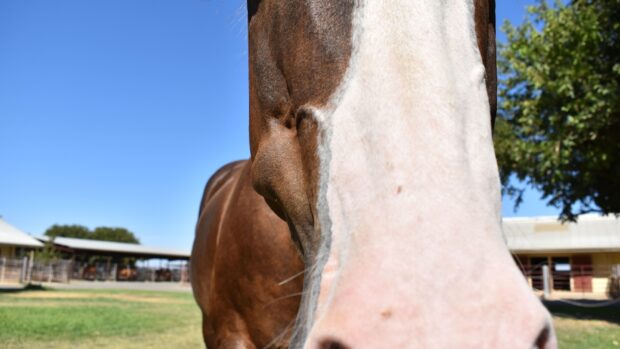MARES imported into Britain from North America should now be classified as “high risk” among breeders under new advice issued by the Horserace Betting Levy Board (HBLB).
An outbreak of equine venereal disease contagious equine metritis (CEM) has crippled horse breeders in America since early December, when stallions in Kentucky tested positive.
While American scientists think they could have identified the cause of the outbreak — a Friesian stallion imported from Holland to the US in 2004 — testing for CEM is now being undertaken on horses in 39 states in the US.
The investigation involves 291 mares and 43 stallions who are believed to have been exposed to the Taylorella equigenitalis bacterium, the bacteria that causes CEM. Another nine stallions have tested positive for the disease.
In response to the CEM outbreak, the HBLB has updated its codes of practice for breeders.
Stephanie McIntosh from the HBLB said: “The number of mares coming from North America is relatively low, so this is an advisory and preventative cautionary measure, but an important one nonetheless.”
As well as classifying mares imported from both the US and Canada as high risk, the HBLB recommends all mares are fully tested before covering, particularly for any mare who has been in North America since 1 January 2008.
The codes of practice are available at www.hblb.org.uk or by calling 020 7259 8375.
This news story was first published in Horse & Hound (29 January, ’09)



